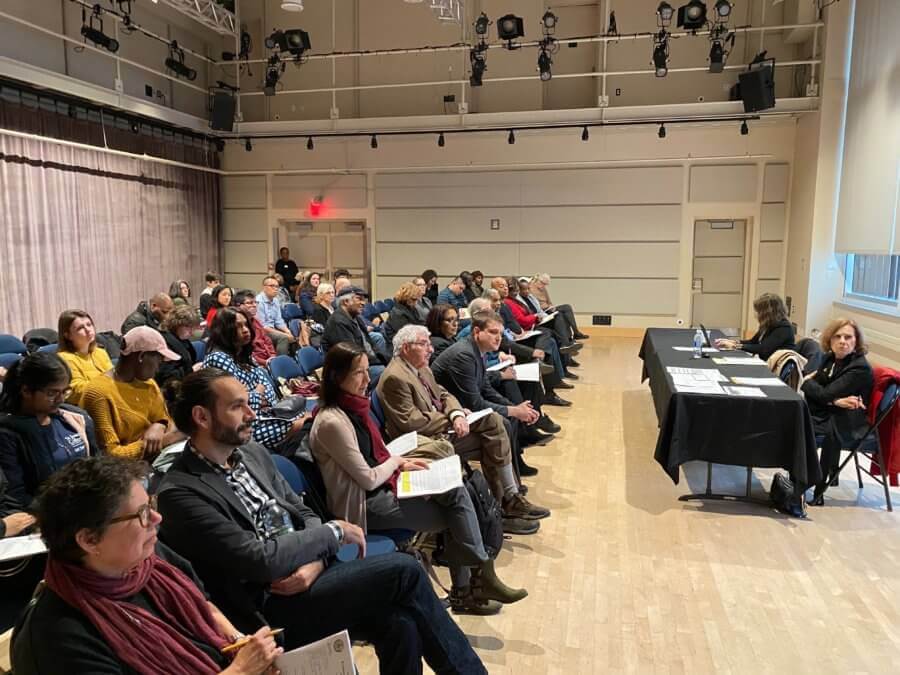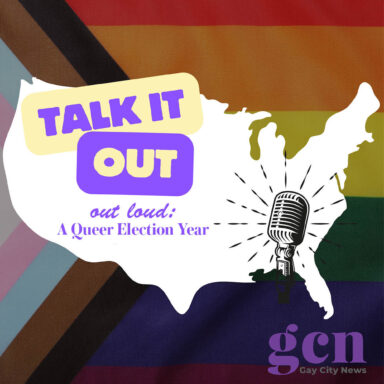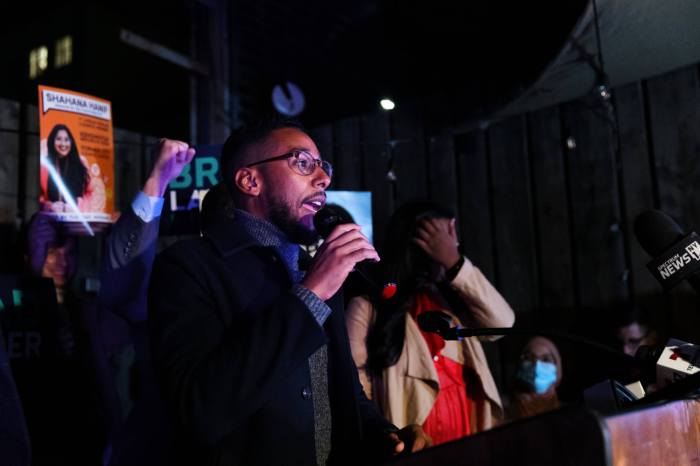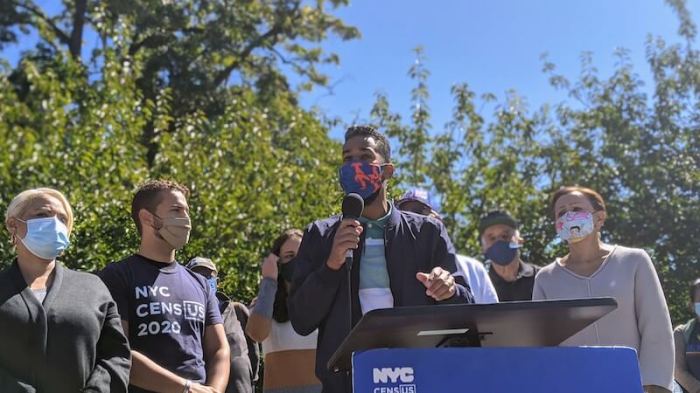Behind the scenes of liquor licenses, bike lanes, housing development, traffic, and trash are common conversations had by Brooklyn’s 18 community boards and the 900 community members who make them up. Mapped by neighborhoods, each community board is comprised of 50 volunteer members interested in amplifying their community’s perspective on hyperlocal issues — and now through Feb. 14, 2023, Brooklynites 16 years and older have the chance to apply to become one of those members.
But what exactly does a community board do, what power do they hold, and why should you join? I didn’t learn the answers to these questions until I was in my twenties, and as someone who wanted to help my community from a young age, I’ve always wished I had known sooner.
That’s why one of my top agenda items as Borough President is getting the word out on our community boards, inspiring curious neighbors to join, and filling our community boards with members that reflect the full breadth of perspectives and demographics found in our neighborhoods.
We’ll start at the beginning: what, exactly, is a community board?
Community boards are the grassroots of our local government. With 18 community districts, Brooklyn has the most community boards of all five boroughs, each one full of people who live, work, or have a significant interest in their community. The central role of community boards is to weigh in on new proposals and policies with city agencies, ensuring community members’ perspectives are incorporated. They’re responsible for assessing the needs of their neighbors and then working alongside elected officials, city agencies, and other local leaders to advance the wellbeing of the community district.
Frequently, this means weighing in on land use and planning issues – deciding whether a neighborhood will build more housing, promote industrial activity, create more public transportation, and more. Beyond zoning, community boards also make recommendations on liquor licenses, city services like sanitation, and our city’s budget process. What each community board focuses on is largely up to the Brooklynites who comprise it, which is why it’s so important to get involved.
But do community boards actually have any power?
Community boards are advisory only – they make recommendations but don’t have the final word – which means many people make the mistake of thinking our community boards don’t have any real authority. Community boards, however, have a powerful tool that when used intentionally can significantly alter the future of their neighborhood. It’s called ‘conditional approval’ and comes in the form of a ‘yes, but.’ Elected officials and city agencies want community board approval — it shows that they’re doing a good job and have the support of the people.
By working with city officials through to an approval, community boards can ensure neighborhood needs are incorporated into finalized policies. Here’s an example:
Last year, the City Council approved the largest rezoning under former Mayor Bill de Blasio’s two-term administration: the Gowanus Neighborhood Plan to upzone 82 blocks of Gowanus and create as many as 8,500 new apartments including 3,000 affordable homes. The plan was debated for over a decade before it made its way to the finish line, and community boards were a major part of that process.
Community Board 6 — which oversees the majority of the area in question — approved the rezoning under certain conditions. Community Board 6 said it would support the project as long as the city funded hundreds of millions in repairs at two NYCHA facilities, initiated a racial impact study of the rezoning, and agreed to a few other conditions. Because of Community Board 6’s advocacy and the support of other local leaders, Gowanus Houses and Wyckoff Gardens Houses will see about $200 million in renovations and the rezoning was the first to have an independent racial impact study, showing that it would increase income and racial diversity in the community.
Community boards may have limited formal authority, but they are rich in influence. That’s why it’s so important each and every one of our neighbors knows how to get involved.
Why should you join?
Community boards are meant to ensure the voices of local people are included in major decisions – but right now, our community boards aren’t wholly representative of the neighborhoods they are meant to advocate for.
Nearly one quarter of Brooklyn is 18 years old or younger, but last application cycle most applicants and appointees to community boards were age 45-64. Our community boards aren’t as racially and ethnically diverse as our neighborhoods either, nor do they adequately represent our borough’s diversity of education, housing, disability, immigration status, and more.
If our community boards are to do what they’re meant to, they need to be populated by members like you, who reflect the communities they represent. So, ask yourself: do community boards sound like something you might want to become involved in? Do you know anyone — friends, family, or neighbors — who might want to join? Brooklynites 16 years and over are eligible, head here to apply!
Antonio Reynoso is Brooklyn’s 20th Borough President, previously serving as a councilmember representing the 34th District, including environmental justice communities in Bushwick and Williamsburg in Brooklyn and Ridgewood in Queens. This is the first in a series of monthly columns from the Brooklyn Borough President.
























